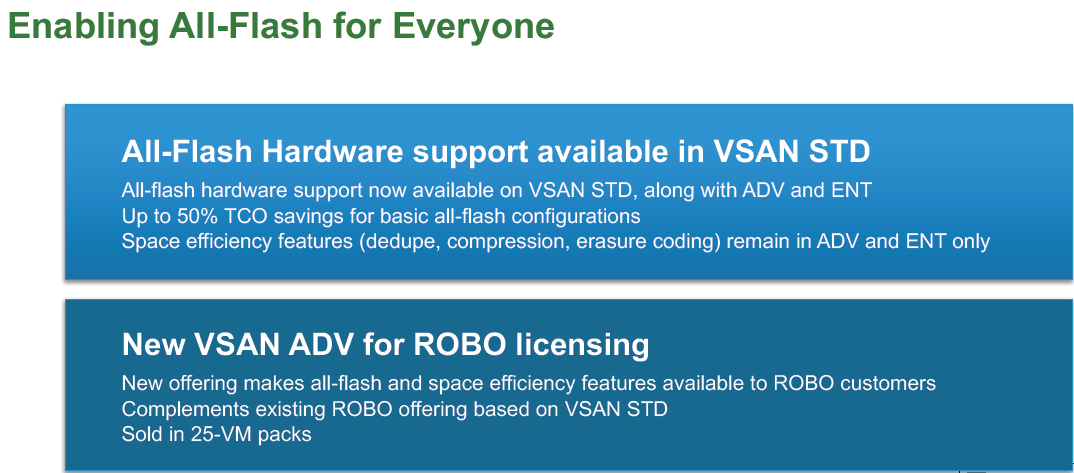

- Moving license vm esxi 6.5 upgrade#
- Moving license vm esxi 6.5 software#
- Moving license vm esxi 6.5 windows#
These CPUs are still supported in this release, but they may not be in the future:. Also, you can check current compatibility in the VMware Compatibility Guide. The vSphere 6.7u2 doesn’t support some AMD and Intel models. If you are protecting your vCenter Server in vSphere 6.5 with vCenter High Availability (VCHA), then remember that when upgrading from vSphere 6.5 to 6.7, VCHA must be deleted. However, it’s not relevant for upgrades! So be careful. Enhanced Linked Mode support is only enabled for vCenter Server 6.7u2 deployment with an Embedded PSC (Platform Services Controller). The vCenter Server 6.7 only supports Host Profiles version 6.0. Moving license vm esxi 6.5 windows#
vCenter Server 6.7u2 for Windows is announced to be the last release for Windows, further it will only be modules for Windows. Moving license vm esxi 6.5 upgrade#
The vCenter Server Appliance 6.7u2 (vCSA) upgrade is a recommended configuration,. The minimum hosts that you can connect as a part of the datacenter managed by VCSA 6.7 must be ESXi 6.0 and higher. Since the VMFS6 metadata structure has changed, you won’t be able to migrate existing VMFS5 datastore to VMFS6 datastore. TLS 1.0 and TLS 1.1 are disabled by default. In vSphere 6.7u2, the only protocol enabled by default is TLS 1.2. vSphere 6.7u2 – the latest release that requires manually listing all the sites accessed with SSO. vSphere 6.0 – minimal version required for the vSphere 6.7u2 upgrade. There is useful material on VMware blog that contains all valuable tips on upgrading vSphere 6.7u2. OS administrator (if the user is a domain user). If your vCenter Server user account is not your Local System account, make sure that vCenter Server user account is:. Make sure that your vCenter Server’s FQDN is valid and available to other machines. For example, SSL Certificates are very sensitive to this aspect, so the slightest inconsistency in timing could be problematic. Unsynchronized time causes more problems than you may have thought. In case it’s working on a single host, make sure you have checked the timing. Set time synchronization on every machine with an active vCenter Server. System requirements Before starting the vCenter Server 6.7u2 upgrade, what should you keep in mind? restarting VMware ESXi without rebooting the physical host (basically, skipping the whole part with the hardware initialization).īasically, here’s what’s changed in vSphere 6.7:. reducing maintenance time by decreasing the number of necessary reboots. This way, it provides users with new benefits being: Also, VMware has guaranteed DRS-related operations, such as starting a VM, to run three times faster.Īdditionally, the vSphere 6.7u2 enables you to boot the vSphere nodes quickly with ESXi 6.7u2 and higher. While the new vSphere Web Client provides you with HTML 5 support, vCenter Server Appliance promises to double the performance and to reduce memory consumption to third. Overall, the vSphere 6.7u2 release brings to the table a lot of brand-new improvements and useful functions. Therefore, there’s no need to at all to rush into this. Moving license vm esxi 6.5 software#
Even the most insignificant incompatibility of your software or your OS with vSphere 6.7u2 can result in problems, the kind of problems that’ll cost you either money or valuable data. Every time you are working with a new product that has not been but little in use, there is always a risk at hand. Why would anyone need working hard on upgrading infrastructure to VCSA 6.7u2 if there is already VCSA 6.7u3 out there? Well, the simplest answer would be security reasons and compatibility.

Of course, the object of discussion itself begets a question of whether it is necessary at all. The news about vSphere 6.7u2 release were around for a while now, but I haven’t moved to VCSA 6.7u2 until I was entirely sure in its stability and performative potential. Although you’ll never know for sure what problem may occur during upgrading, we’ll discuss the most common ones and ways to deal with them. While applying official recommendations from VMware in practice, this material will not only cover preliminary stages of preparing the infrastructure for an upgrade in my testing environment but gradually describe the upgrading process per se. Starting on this high note, let’s talk about upgrading VCSA 6.5 to 6.7. Whatever the reason, we all eventually come in terms with the necessity to upgrade the infrastructure to the most recent version. Finally, everybody wishes to go with the times and use the latest software. Others are attracted by promises to increase the performance of their environment. Some, on the other hand, just want to get rid of the bugs they already learned to live with but would rather not. Some admins are pursuing recent versions of familiar products. There are always several reasons to move on from your existing infrastructure.






 0 kommentar(er)
0 kommentar(er)
